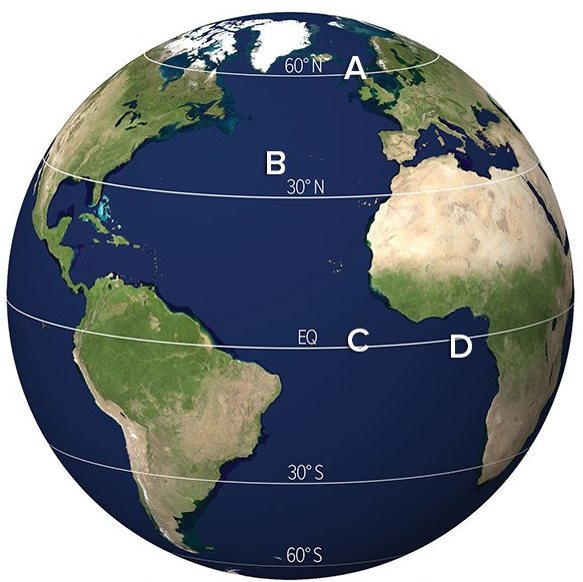Differentiate between point source and non-point source pollution. Give an example of each and describe a current piece of legislation or policy designed to control each type of pollution
What will be an ideal response?
Point source pollution can be defined as pollution that comes from a specific location, often indicated by an actual outflow pipe entering a body of water. Most point sources are industrial facilities and sewage treatment facilities. The 1972 Clean Water Act requires the EPA to regulate the discharge of pollutants into waterways. Non-point sources of water pollution include fertilizer-enriched runoff from farms and golf courses. Since its original passage, the Clean Water Act has been modified/amended in recent years to accommodate new knowledge, especially as it has related to the significance and impact of non-point water pollution. There is now specific language in the CWA, requiring management and minimization of non-point sources of water pollution.
You might also like to view...
Where on the map is the center of high pressure influencing ocean currents with a counterclockwise circulation?

A) A
B) B
C) C
D) D
Examine the changes in electrical demand in the United States. The daily drop in electrical consumption is most closely associated with ________
A) people sleeping B) home heating and cooling systems C) people heading off to work D) daytime activities that consume little energy
As a strong hurricane moves ashore, which of the following causes the most devastating damage in the coastal zone?
A) lightning B) storm surge C) torrential rains D) strong winds
The New Madrid earthquake of 1811 and the Charleston earthquake of 1883 are notable for which of the following reasons?
A. Were relatively large and occurred in the interior of a tectonic plate. B. Were the first earthquakes in the U.S. since Europeans came to the continent. C. Resulted in a very large number of human deaths. D. Occurred prior to the development of modern seismographs. E. Were the only earthquakes to occur in the U.S. during those years.